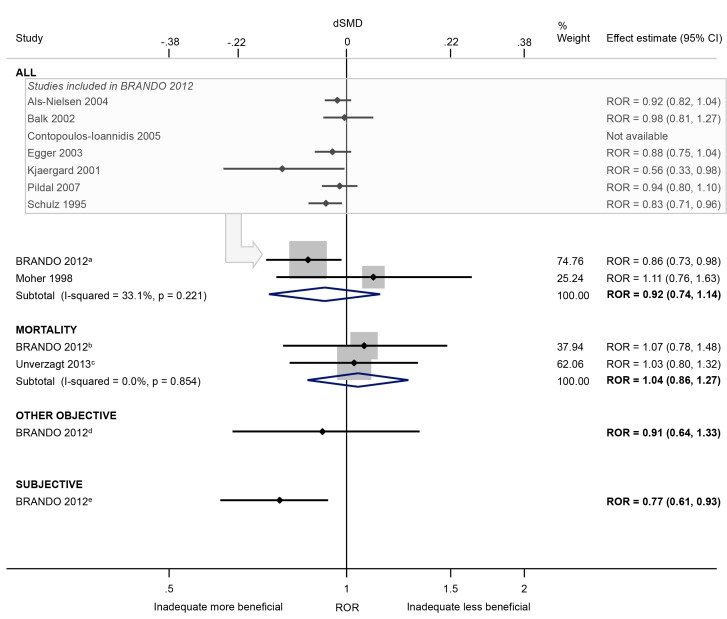Fig 10. Random-effects meta-analysis of RORs associated with lack of/unclear double blinding (versus double blinding).
The boxed section displays the average bias estimates, where available, from the seven meta-epidemiological studies contributing to the BRANDO 2012a study (however only the BRANDO 2012a ROR was included in our meta-analysis). The BRANDO 2012a ROR is based on a multivariable analysis with adjustment for sequence generation and allocation concealment [the corresponding univariable ROR (95% CrI) is 0.87 (0.79, 0.96)]. The BRANDO 2012b ROR is based on a multivariable analysis with adjustment for sequence generation and allocation concealment [the corresponding univariable ROR (95% CrI) is 0.92 (0.80, 1.04)]. The Unverzagt 2013c ROR is based on a multivariable analysis with adjustment for sequence generation, allocation concealment, attrition, selective outcome reporting, early stopping, pre-intervention, competing interests, baseline imbalance, switching interventions, sufficient follow-up, and single- versus multi-centre status [the corresponding univariable ROR (95% CI) is 0.84 (0.69, 1.02)]. The BRANDO 2012d ROR is based on a multivariable analysis with adjustment for sequence generation and allocation concealment [the corresponding univariable ROR (95% CrI) is 0.93 (0.74, 1.18)]. The BRANDO 2012e ROR is based on a multivariable analysis with adjustment for sequence generation and allocation concealment [the corresponding univariable ROR (95% CrI) is 0.78 (0.65, 0.92)].

